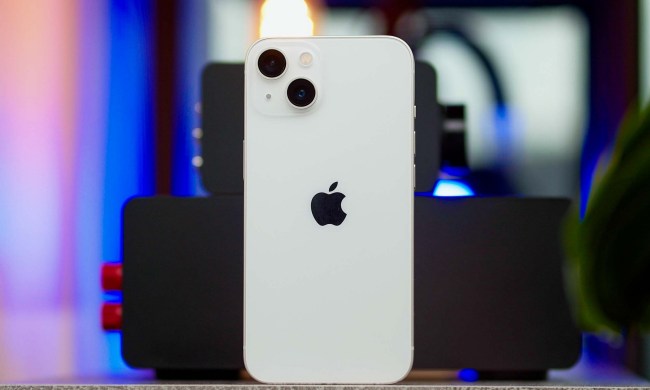The iPhone 16 is one of the biggest upgrades to a non-Pro iPhone in years. It features a new chipset with support for Apple Intelligence, upgraded cameras, better battery life, the Action button, and the new Camera Control button. These are quality-of-life upgrades that’ll make your iPhone experience better than ever.
But what about the display refresh rate? Does the iPhone 16 have a 120Hz screen? Do you need a Pro model to get that feature? Here’s what you need to know.
Does the iPhone 16 have a 120Hz refresh rate?

Despite its many new features, the iPhone 16 and iPhone 16 Plus lack support for a 120Hz refresh rate. The screen still functions at 60Hz, which isn’t ideal for 2024 standards. If you look at the competition, most Android phones today support a 120Hz refresh rate. The feature has trickled down to the sub-$500 price point, so many were expecting Apple to finally cave in and include it on all iPhone 16 models, but that’s not the case. Instead, only the iPhone 16 Pro and iPhone 16 Pro Max have the 120Hz functionality.
In the past two years, many Pro features have been added to the base iPhone lineup. For instance, Apple introduced Dynamic Island on the iPhone 14 Pro series, which made its way to the iPhone 15 series, while the Action button that debuted on the iPhone 15 Pro lineup is now available on the iPhone 16 series. But a 120Hz refresh rate display remains a far-fetched idea on regular iPhones.
Apple calls the 120Hz display “ProMotion technology.” Given the naming scheme, naturally, the feature is part of the Pro iPhones. It’s been the case since the feature debuted on the iPhone 13 Pro in 2021. Unlike other Pro features, this seems to be limited to the Pro series more by naming convention than by tech or price.
Why is a 120Hz display important?

A higher-refresh-rate display is an essential upgrade. It’s not a feature that you use only occasionally, like the Action button or the Dynamic Island. It sits front and center on the display, which you interact with whenever the screen is on, and makes everything look smoother and more fluid.
The absence of ProMotion tech on the iPhone 16 lineup also means that it doesn’t support always-on display (AOD) functionality. This feature is limited to more expensive iPhones because it requires a low refresh rate for efficiency when the phone is not being used. Like before, these features are limited to the new iPhone 16 Pro and iPhone 16 Pro Max, which come equipped with 120Hz-refresh-rate-supported ProMotion screens.
Both AOD and a refresh rate higher than 60Hz are features available on almost all Android phones above the $400 mark. Unfortunately, the $799 iPhone 16 still lacks this upgrade, and we’ll have to wait for next year’s iPhone to see if Apple changes its stance on providing ProMotion tech to the base flagship phones.




